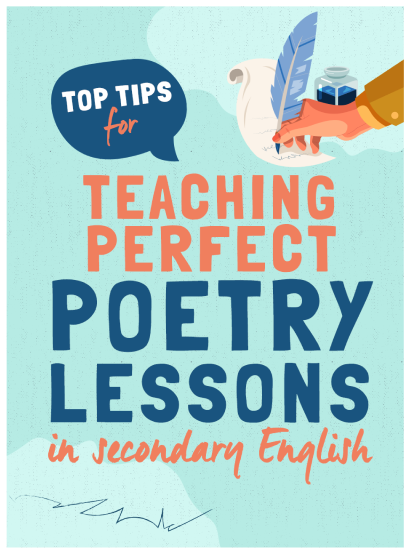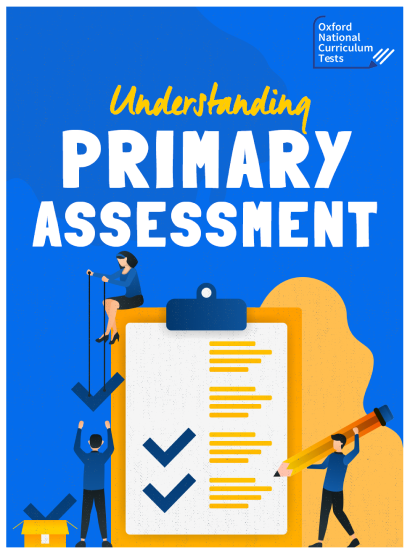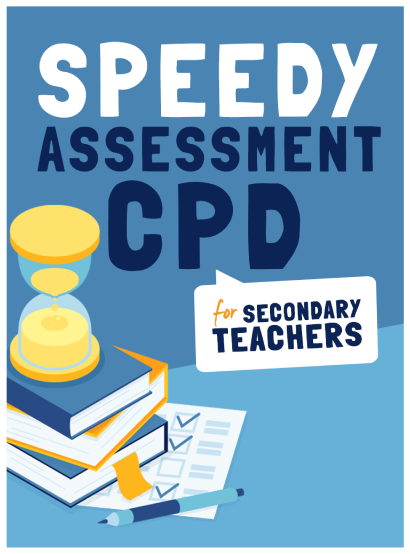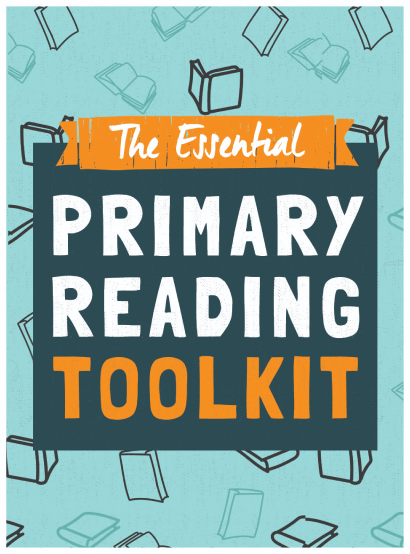Top tips for teaching perfect poetry lessons in secondary English
Get your KS3/4 students writing, analysing and comparing poems like masters of verse, with this expert advice CPD set

- by Teachwire
Inside your download
6 ways to improve students’ unseen poetry analysis
Get students writing poetry and they’ll soon develop the skills they need to analyse and interpret other poets’ work
How to help students analyse poetry confidently by making it relevant to their lives
Dispel students’ fear of poetry with these collaborative activities
How to write the perfect comparative essay on poetry
When it comes to poetry analysis, Phil Beadle knows what examiners want to see – and he’s here to make sure you can help every student can deliver it
How to use spoken-word poetry to inspire students’ writing
Get slammin’ to have even the most unengaged students writing brilliantly
How to use nonsense verse to provide serious benefits to poetry students
Take your class on the Ning Nang Nong where the cows go bong, and go where the swivy toves gyre and gimble in the wabe
How to use poetry to engage your reluctant writers
Despite its often intimidating reputation, poetry can be a powerful tool with which engage your students' enthusiasm, creativity and imagination
Bring poetry writing alive by heading outside
With guidance – and a little natural inspiration – writing a poem can become a thrilling, whole-class adventure

Related Articles
- National Writing Day – Best resources, worksheets and ideas for 2025
- Dyslexia Awareness Week – Best 2025 teaching resources
- Point evidence explain – Why we can do better than this approach
- Lady Macbeth quotes – Key lines for studying Macbeth in KS4
- Romeo and Juliet analysis – Great resources for KS3 and GCSE

CPD Downloads

Make sure your assessment is effective with these expert insights

Professor Mike Askew provides advice around three areas of primary mathematics to help you become a better teacher

Education experts David Didau, Daisy Christodoulou and Emma McCrea are here to help you improve your assessment methods

Discover creative lesson activities and innovative teaching practices in this CPD box set full of ideas for boosting reading ... more

This eight-part series will give you practical suggestions for helping autistic children – during Autism Acceptance Week an... more

From engaging Year 7s in science to seeing secondary students through their GCSEs, our experts are here to guide you

